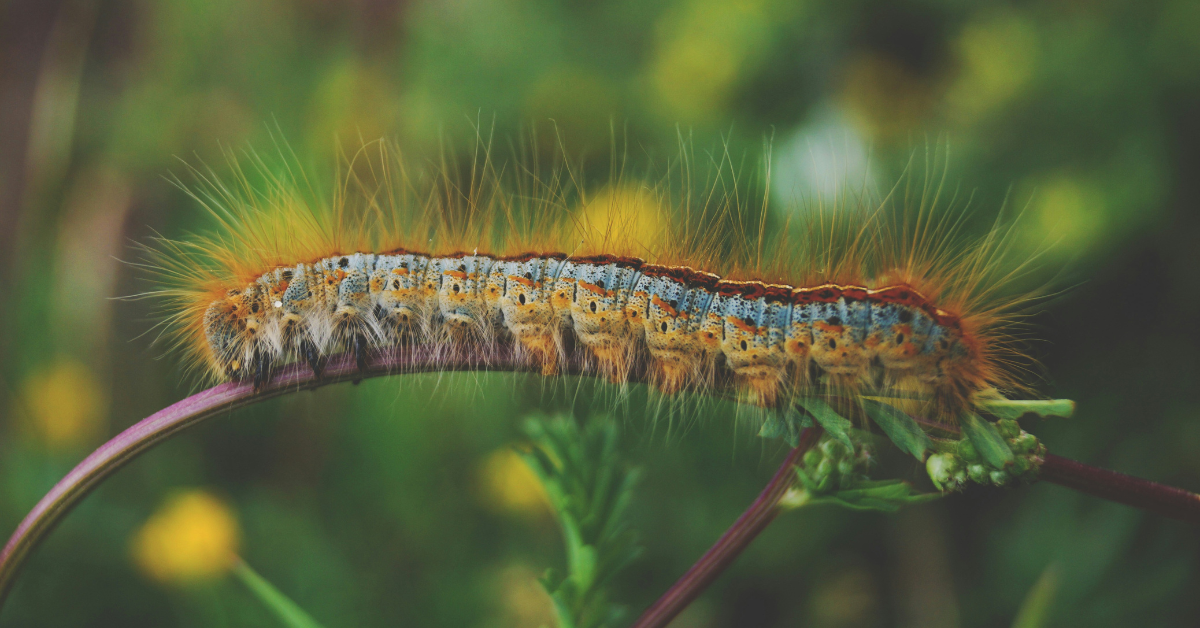From mid-March to early May, there’s a benefit to having a bulldog that wakes you up at 5 a.m. to have breakfast and take a stroll around the backyard—you’ve got an orchestra seat to the symphony of song performed by birds looking for love.
There’s even a name for it, the Dawn Chorus. In spring, male birds are pulling out all the stops to attract females, but also to defend their home turf. Some species sing throughout the day, but it’s when morning light begins to break that many different birds perform together.
I can’t imagine a silent spring. That’s why it was so troubling to read the recently published 2025 State of the Birds Report, written by scientists in the U.S. Committee of the North American Bird Conservation Initiative. It’s a bleak update on the health of bird populations across the U.S. About a third of all American bird species, 229 in total, have experienced significant population losses and require urgent help. The report comes six years after a landmark study published in the journal Science showed a net loss of 3 billion birds in North America in the previous 50 years. Many scientific studies tie the impacts on bird species to pesticide exposure, habitat loss and climate change.
That’s why it’s so irritating to see those yellow pesticide application signs popping up on people’s lawns alongside daffodils and forsythia. I’m especially alarmed to see them at the end of driveways on Heather Lane in the town of Darien (where Friends of Animals is headquartered), which abuts a Darien Land Trust Property that features a lagoon and all kinds of wildlife.
Annual bird deaths from pesticides nationwide are estimated at 65 to 72 million, according to 2024 Connecticut State of the Birds Report.
While neonicinotoid insecticides have been banned for consumer use in Connecticut, homeowners can still hire licensed professionals to use them to kill insects on lawns, not to mention golf courses and farms recklessly use them in abundance.
Birds can be exposed to pesticides directly through ingestion of seeds that have been treated with pesticides, or indirectly through consumption of small insects and other animals who have ingested the pesticides themselves. They can also be indirectly affected through the decline in insect population.
When the insect population is reduced, this natural food source for birds is also reduced.
Insects are also under siege from dangerous growth-regulating herbicides that destroy the plants that pollinators, especially caterpillars of butterflies and moths—need to feed on. This diminishes the availability of host plants where adults can lay eggs, severely disrupting their life cycles.
Caterpillars, especially those of moths, are the most underappreciated part of nature that’s out there if you ask author and University of Delaware entomologist Doug Tallamy. If you have a landscape that does not make a lot of caterpillars, you have a failed food web.
Tallamy pointed out to Friends of Animals that insects overall are critically important because they are transferring energy from the native plants they share an evolutionary history with to wildlife.
So, if you care about wildlife in general, not just birds, it’s incumbent upon you to put out the welcome mat for caterpillars, moths, lacewings and other misunderstood, undermined essential arthropods.
The irony of many underappreciated insects is that they can be a gardener’s best friend. Take the lacewing—an unsung hero of nature. The delicate, eye-catching adults consume nectar and pollen. However, the alligator-like larvae are nicknamed “aphid lions” because they devour those tiny soft-bodied insects that suck the nutrient-rich liquids out your plants.
Rather than spraying your aphids with toxic pesticides, encourage the natural enemies, like lacewings.
With the current Administration’s all-out assault on the environment, we cannot count on the Environmental Protection Agency to protect birds—or the rest of us. But guess what? It’s never been easier to go pesticide free as organic lawncare has become mainstream. You can hire a company or do it yourself.
The first step is testing your soil to determine what organic supplements you should add to make it healthy. If your soil is hard, compacted and full of weeds or bare spots, aerate it. Use grass seed on bare spots to crowd out weeds. Apply corn gluten meal as a pre-emergent for weed prone areas. And instead of using toxic herbicides, weeds can be pulled by hand or sprayed with horticultural vinegar.
“Some people think nature is someplace else and they’re not connected to it. That’s why there’s still that need to have the perfect lawn, a sterile landscape that doesn’t support insects or wildlife,” Tallamy told us. “We need an upswelling from the public to create new status symbols. So now the person with the big perfect lawn is the social pariah. It’s everybody’s responsibility to keep the earth running.”
We couldn’t agree more.
Nature is right outside our door, and it’s our duty to protect it.

